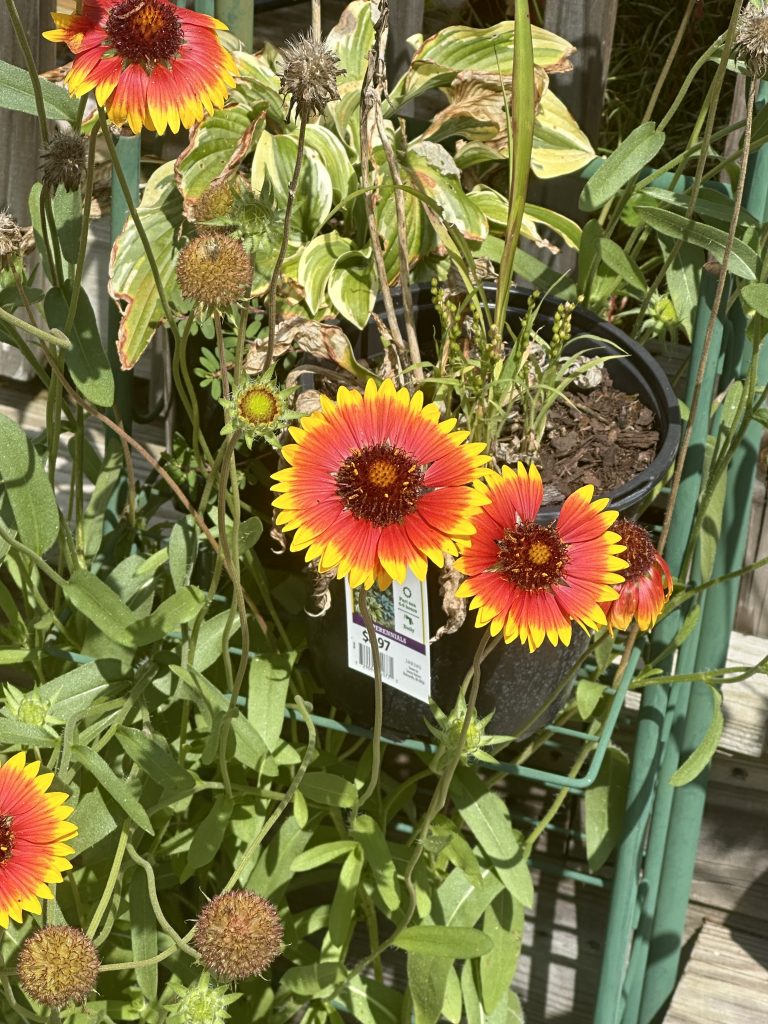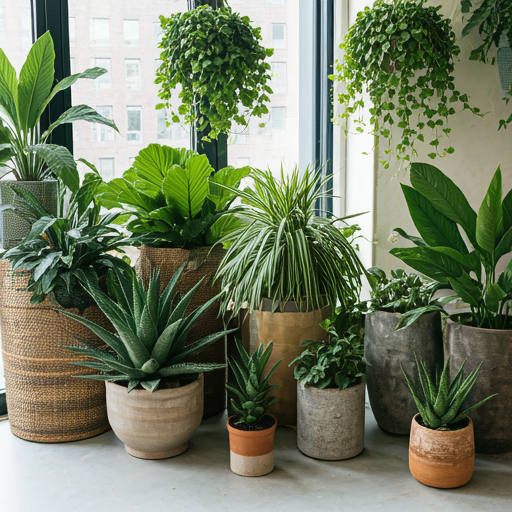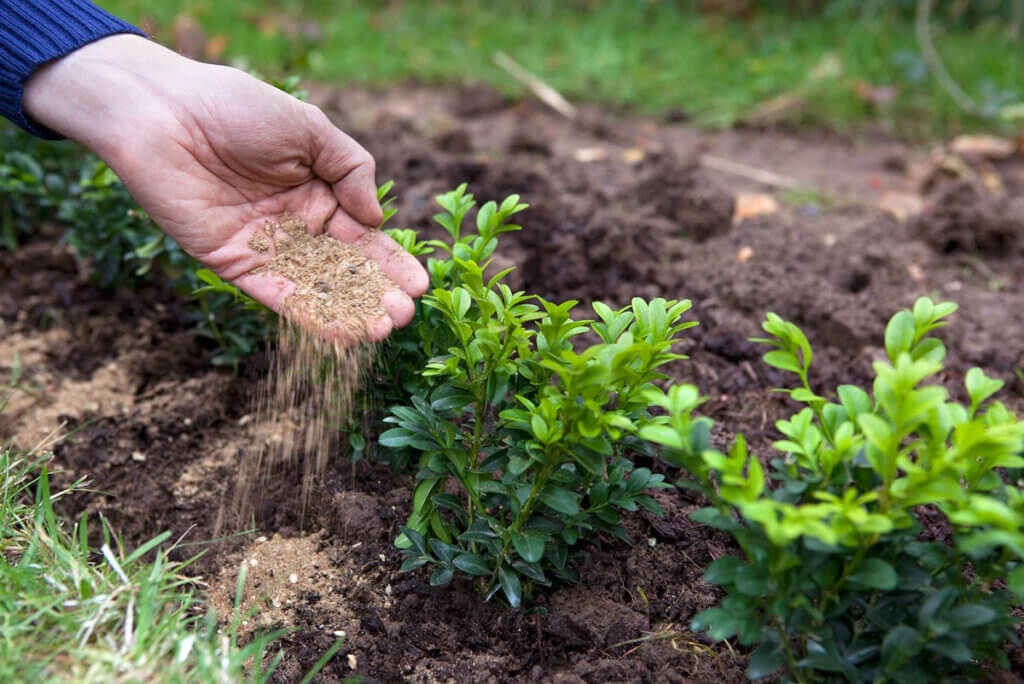The Ultimate Guide to Raised Garden Beds: Grow Your Best Garden Yet
Why Choose Raised Garden Beds?
Raised garden beds have become increasingly popular among gardeners and for good reason. These innovative gardening solutions offer a multitude of benefits, from improved soil quality to easier maintenance. If you’re looking to elevate your gardening game, understanding the advantages and best practices for raised garden beds is essential. In this guide, we’ll delve into why raised garden beds are a game-changer and how you can get started.
What Are Raised Garden Beds?
Raised garden beds are gardening structures where soil is elevated above the ground level. They can be made from a variety of materials, including wood, metal, and stone, and come in various sizes and shapes. Typically, these beds are framed with sides to contain the soil and are filled with a rich, nutrient-dense soil mix.
Benefits of Raised Garden Beds
1. Improved Soil Drainage
One of the primary benefits of raised garden beds is superior drainage. Elevated soil helps excess water drain away more effectively, preventing waterlogged roots and reducing the risk of root rot. This is particularly beneficial in areas with heavy clay soil or in regions prone to heavy rainfall.
2. Enhanced Soil Quality
Raised garden beds allow you to control the soil composition more easily. You can fill the bed with a customized soil mix that provides optimal nutrients and structure for your plants. This is especially advantageous if your native soil is poor or lacks essential nutrients.
3. Easier Access and Maintenance
Gardening with raised beds means less bending and stooping, which can be a significant advantage for those with back problems or limited mobility. The elevated height makes planting, weeding, and harvesting more convenient, reducing physical strain.
4. Extended Growing Season
The soil in raised beds warms up faster in the spring compared to ground-level gardens. This can extend your growing season, allowing you to plant earlier in the spring and harvest later into the fall.
5. Pest and Weed Control
Raised garden beds can also help with pest and weed management. By elevating the soil, you can more easily prevent weeds from taking hold. Additionally, the controlled environment of a raised bed can deter some common garden pests.
How to Build a Raised Garden Bed
1. Choose Your Materials
Raised garden beds can be constructed from a variety of materials. Common options include:
- Wood: Cedar and redwood are popular choices due to their natural resistance to decay. Ensure the wood is untreated to avoid chemicals leaching into the soil.
- Metal: Galvanized steel and aluminum are durable and can add a modern look to your garden. Ensure the metal is rust-resistant.
- Stone or Brick: For a more permanent structure, stone or brick can provide a classic and durable option.
2. Select the Right Location
Choose a sunny spot for your raised garden bed, as most vegetables and herbs need at least six hours of direct sunlight each day. Ensure the location has good air circulation and is easily accessible for maintenance.
3. Construct the Frame
Build the frame of your raised garden bed according to the size you prefer. Standard dimensions are 4 feet wide by 6 to 8 feet long and 12 to 24 inches high, but you can customize the size to fit your space. Secure the corners with screws or metal brackets to ensure stability.
4. Prepare the Soil
Fill your raised garden bed with a high-quality soil mix. A good mix typically includes equal parts compost, peat moss or coconut coir, and perlite or vermiculite. This blend provides excellent drainage and nutrients for plant growth.
5. Plant and Maintain
Once your raised garden bed is filled, it’s time to plant. Arrange your plants according to their spacing requirements, and be sure to water them regularly. Mulching around your plants can help retain moisture and suppress weeds.
Tips for Success with Raised Garden Beds
- Monitor Soil Moisture: Raised beds can dry out faster than ground-level gardens, so keep an eye on soil moisture and water as needed.
- Rotate Crops: Practice crop rotation to prevent soil depletion and reduce the risk of plant diseases.
- Add Organic Matter: Regularly add compost or other organic matter to replenish nutrients and improve soil structure.
- Protect from Extreme Weather: In very hot or cold climates, consider adding shade cloth or protective covers to shield your plants from extreme temperatures.
Conclusion: Transform Your Gardening Experience with Raised Garden Beds
Raised garden beds offer a multitude of benefits, from better soil drainage to easier maintenance and extended growing seasons. By choosing the right materials, location, and soil mix, you can create a thriving garden that enhances your outdoor space and provides bountiful harvests. Whether you’re a seasoned gardener or a newcomer, raised garden beds can elevate your gardening experience and help you achieve your green-thumb goals.
Start planning your raised garden bed today and discover the joy of cultivating a flourishing garden with ease and efficiency. Happy gardening!






